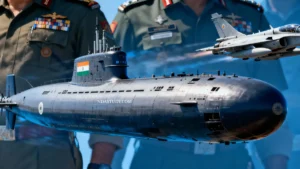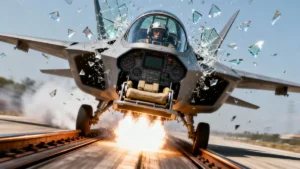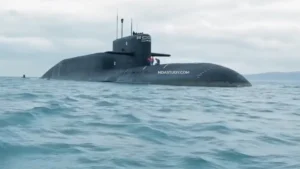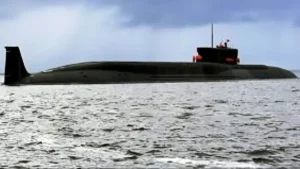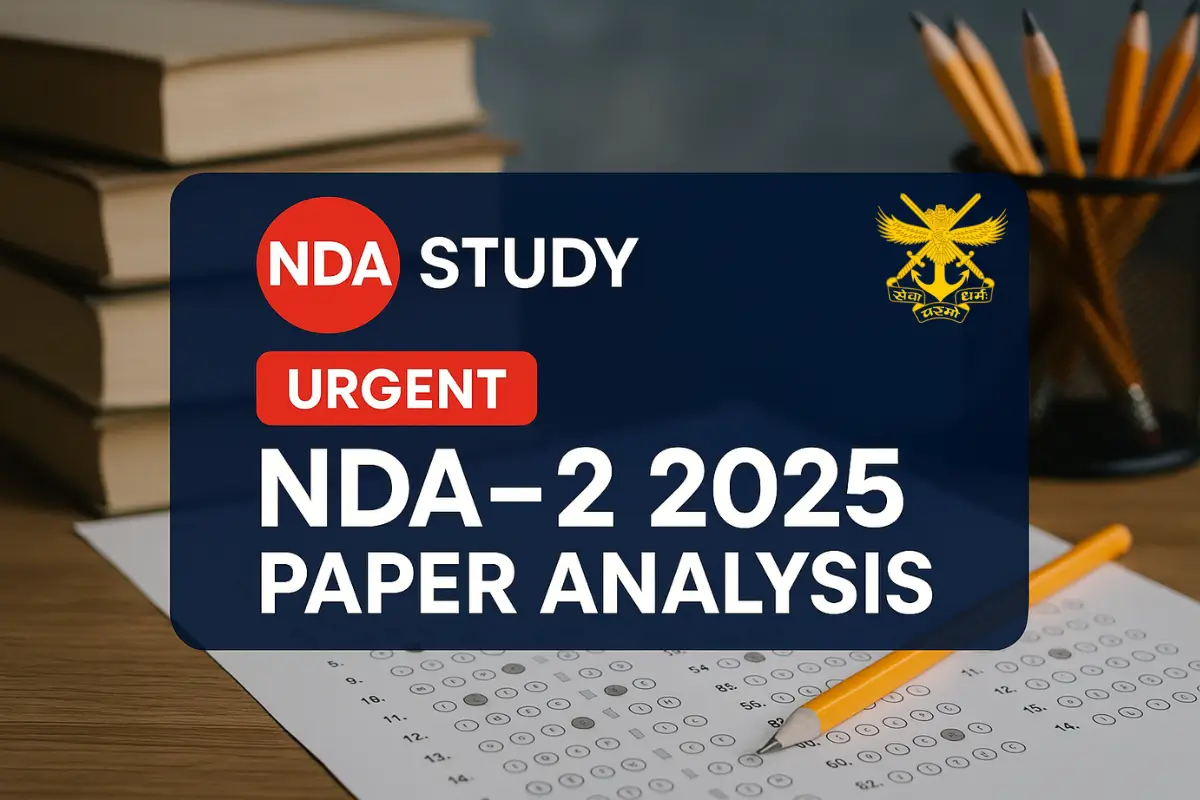Colombia has made a historic defence procurement decision that reshapes South American air power and demonstrates strategic independence from Washington. On November 14, 2025, President Gustavo Petro announced Colombia’s acquisition of 17 Swedish Saab Gripen-E/F fighter jets valued at €3.1 billion ($3.6 billion)—the largest combat aviation purchase in the nation’s history. The deal replaces Colombia’s aging Israeli-built Kfir fleet and decisively rejects American and French alternatives, signaling a profound shift in Bogotá’s defence policy toward European partnerships and operational autonomy.
Why Colombia Fighter Jet Deal Matters: Colombia’s Gripen selection exposes a critical geopolitical crack in US defence dominance over Latin America while offering crucial lessons for emerging militaries, including India’s own fighter procurement strategy. NDA Study’s defence analysis identifies five strategic factors that determined this outcome.
The Problem: Colombia’s Aging Kfir Fleet Demands Replacement
Colombia’s Israeli-built Kfirs—purchased in the late 1980s—have become operationally unsustainable. At 35+ years old, these aircraft now cost more to maintain than to operate, generating mounting logistics headaches and spare-parts bottlenecks. The 2024 diplomatic rupture between Colombia and Israel—over the Gaza conflict—severed critical technical support channels, making Kfir retirement urgent and unavoidable.
Critical Context: Colombia’s Kfirs were instrumental in decades of counterinsurgency operations against FARC and drug trafficking networks. However, their legacy camouflages a vulnerability: complete operational dependence on a single supplier. This lesson resonates globally for nations seeking balanced defence modernisation.
Why Colombia Selected Gripen-E Over F-16 & Rafale: Five Strategic Reasons
1. Operating Cost Reality: $4,000/Hour vs F-35’s $21,000
Colombian military planners conducted rigorous lifecycle cost analysis. Gripen-E’s single GE F414G engine costs approximately $4,000 per flight hour—substantially lower than F-16 Block 70’s $7,000 and Rafale’s $16,500/hour. Over 30 years, this translates to $5.1 billion in savings compared to F-35A acquisition alternatives.
2. Industrial Sovereignty Through Technology Transfer
Saab bundled two offset agreements worth billions covering aeronautics, cybersecurity, sustainable energy, water purification, and healthcare innovation. Colombia gains not just aircraft but industrial capability—a strategic advantage unavailable from F-16 (limited US tech transfer) or Rafale (French supplier dependency).
3. Supply Chain Independence from US & France
Unlike F-16 operators (dependent on US export controls) and Rafale operators (tied to French military-industrial ecosystem), Colombia with Gripen gains access to a neutral Swedish platform with transparent export policies. This independence matters as geopolitical tensions rise globally.
4. Petro’s Strategic Pivot Away from Washington
US officials made an aggressive sales push offering ~24 aircraft (mix of new Block 70s and donated second-hand Block 50/52s) for $4.2 billion, emphasizing NATO-style interoperability. Petro rejected the political strings attached to US military aid, prioritizing strategic autonomy over American alignment.
5. Proven Reliability in Challenging Terrain
Gripen-E excels in dispersed operations and short-field deployment—perfectly suited to Colombia’s diverse terrain (Andes mountains, Amazon jungle, coastal regions). The aircraft’s proven sortie generation rate and lower maintenance burden outweighed Rafale‘s superior performance specs.
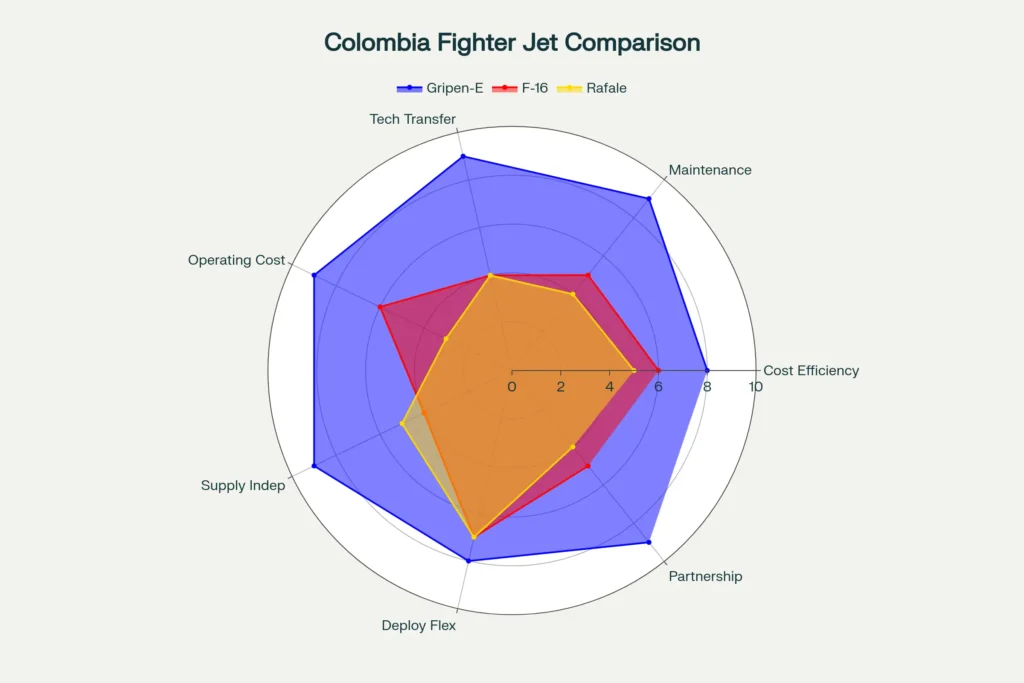
Gripen-E Contract Breakdown: What Colombia Is Actually Buying
Aircraft Composition:
- 15 single-seat Gripen E jets
- 2 dual-seat Gripen F aircraft (for advanced training and complex missions)
Included Package (€3.1 Billion):
- AESA radars + electronic warfare systems
- Smart weapons integration
- Pilot training program (simulation center with 4 interconnected cockpits)
- Technical support (first 3 years operational transition)
- Spare parts ecosystem
- Long-term maintenance contracts
Delivery Schedule:
- 2026-2028: Initial delivery phase (4 aircraft)
- 2028-2032: Main delivery batches (remaining 13 aircraft)
- Full operational capability: 2032
How Gripen-E Strengthens Colombia Beyond Defence
| Offset Category | Investment Value | Strategic Benefit |
|---|---|---|
| Aeronautics Technology | $800M+ | Local aircraft manufacturing capability, supply chain development |
| Cybersecurity Infrastructure | $600M+ | National cyber defence capabilities, digital sovereignty |
| Sustainable Energy | $500M+ | Solar power plants, renewable energy transition |
| Water Purification | $300M+ | Desalination facilities, water security |
| Healthcare Innovation | $400M+ | Medical research advancement, pharmaceutical development |
| TOTAL OFFSET VALUE | $2.6B+ | Dual-use civilian benefits matching military investment |
Why This Matters: Colombia gains industrial modernisation parallel to military capability—a rare outcome in fighter procurement. This offset structure transforms a €3.1B defence purchase into a €5.7B industrial development program.
Colombia Fighter Jet Deal Contract PDF – [Download]
What Colombia’s Decision Means for US Defence Dominance
Washington’s Losing Streak: The US has dominated Latin American fighter sales for 40+ years. Colombia’s Gripen selection follows similar decisions by Brazil (Gripen operator + co-producer), Chile (exploring alternatives to F-16), and Peru (evaluating Gripen) —signaling the end of American near-monopoly in the region.
European Re-emergence: Sweden now positions itself as a neutral, transparent defence partner with proven capabilities and industrial cooperation offerings—directly competing with US “strings-attached” military aid and French prestige-driven sales.
Strategic Independence Message: Petro’s choice sends a clear signal: Colombia values operational autonomy and long-term affordability over geopolitical alignment. This represents a fundamental shift in Latin American military procurement philosophy.
Did You Know? 🚀
Colombia + Brazil = Gripen Ecosystem
Brazil already operates 36 Gripen aircraft and hosts a production assembly plant. Colombia joining the Gripen family creates a South American fighter ecosystem with shared maintenance, training, and spare-parts infrastructure—reducing long-term operational costs for both nations.
Why This Matters for India: Lessons from Colombia’s Choice
India faces nearly identical fighter procurement dilemmas as Colombia faced—expensive F-35A vs affordable Rafale vs indigenous Tejas, all with different lifecycle costs and industrial offsets. Colombia’s Gripen selection validates NDA Study’s core principle: Total Cost of Ownership (TCO) trumps acquisition price.
Key Takeaway for Indian Air Force:
Colombia rejected the “cheapest” F-16 option in favour of lifecycle affordability. India should similarly evaluate 30-year operational costs—not just acquisition expenses—when deciding between Rafale (€269M per unit), indigenous Tejas Mark II, or future Gripen alternatives.
Timeline: Colombia’s Fighter Selection Journey
- Late 1980s: Colombia receives Kfir aircraft from Israel
- 2010-2024: Kfir fleet ages; maintenance costs skyrocket
- 2024: Israel-Colombia diplomatic rupture (Gaza conflict) severs technical support
- 2025 (April): President Petro announces Gripen-E selection in principle
- 2025 (November 14): Official signing ceremony; €3.1B contract finalized
- 2026-2028: Initial Gripen-E deliveries begin
- 2032: Full operational capability achieved (all 17 aircraft operational)
FAQs | Colombia fighter jet deal 2025 (Gripen-E)
1. How much does each Gripen-E actually cost Colombia?
€3.1B ÷ 17 aircraft = approximately €182M ($213M) per aircraft, including weapons, training, and 30-year support contracts.
2. Why did US opposition fail to block the deal?
Colombian President Petro maintained independent decision-making despite US pressure. The US offered F-16s with NATO interoperability but Petro prioritized cost efficiency and strategic autonomy over US alignment.
3. What happens to Colombia’s aging Kfir aircraft?
Kfirs will be phased out as Gripen deliveries increase (2026-2032), avoiding capability gaps during transition.
4. Will other Latin American countries follow Colombia’s lead?
Yes—Peru, Chile, and Ecuador are evaluating Gripen-E options. Brazil’s existing Gripen fleet + production facility makes Gripen ecosystem expansion highly probable.
5. What does this mean for F-16 sales globally?
F-16 sales momentum is declining. Peru’s Block 70 deal priced aircraft at $285M (expensive) while Gripen-E costs $212.9M. This price-to-performance gap will accelerate Gripen adoption in emerging markets.
6. How does Gripen-E compare to India’s Rafale procurement?
India pays €269M per Rafale (~$294M)—37% more than Colombia’s Gripen-E. Both aircraft have different strengths, but Gripen-E’s lower operating costs make it strategically attractive for budget-constrained air forces.
The Bottom Line: What Colombia’s Gripen Deal Proves
Colombia’s €3.1 billion Gripen-E decision demonstrates that emerging militaries can reject superpower pressure and make independent, economically rational defence choices. By prioritizing 30-year lifecycle costs over acquisition price, supply chain independence over political alignment, and industrial partnerships over military strings-attached, Colombia has set a template for defence modernisation in the Global South.
For NDA Study’s Defence Audience: This deal validates critical principles:
- ✅ Total Cost of Ownership > Acquisition Cost
- ✅ Industrial Offsets > Political Alignment
- ✅ Operational Autonomy > Superpower Integration
- ✅ Long-term Reliability > Performance Specs Alone
India, Peru, Chile, Ecuador—watch closely. Colombia’s Gripen success will reshape South American (and potentially Asian) fighter procurement for the next decade.
Should India Follow Colombia’s Lead and Consider Gripen-E Over Rafale?
📊 Yes—Superior lifecycle costs + offsets
📊 No—Rafale’s combat performance matters more
📊 Undecided—India should maintain flexibility
Share your analysis in comments. NDA Study Defence experts respond to all defence policy questions.

